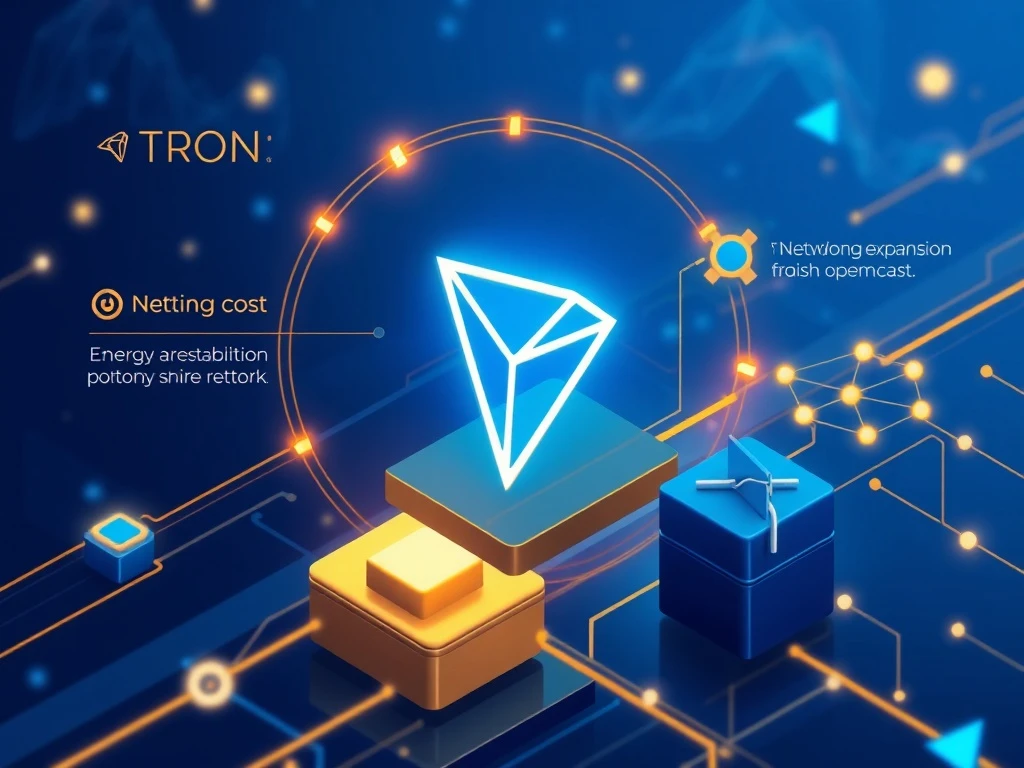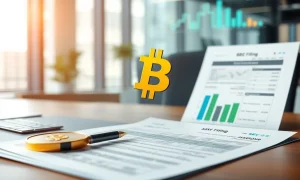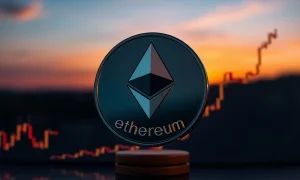Tron’s groundbreaking fee reduction initiative is rapidly gaining momentum as network stakeholders overwhelmingly support a proposal that could dramatically lower transaction costs and expand blockchain accessibility for millions of users worldwide.
Tron Fee-Cut Proposal Details and Mechanics
The Tron fee-cut proposal, officially designated as Issue #789, aims to reduce energy unit prices from 210 sun to 100 sun. This adjustment effectively halves transaction costs for energy-consuming operations. One TRX token equals 1,000,000 sun, making this reduction significant for everyday users.
Key aspects of the proposal include:
- Energy cost reduction from 210 to 100 sun per unit
- Potential to expand network affordability to 45% more users
- Enhanced accessibility for stablecoin transfers and high-volume use cases
- Alignment with broader adoption goals for the Tron ecosystem
Voting Progress and Stakeholder Support
The Tron fee-cut proposal has garnered substantial backing from major network participants. Voting opened Tuesday and concludes Friday, with Proposal #104 requiring approval from at least 18 of 27 Super Representatives. Current support includes prominent entities like Chain Cloud, CryptoChain, Nansen, HTX.com, P2P.org, and Tron Alliance.
As of Wednesday, 17 votes favored the measure while 10 participants remained undecided. The voting momentum suggests strong likelihood of passage. This widespread support demonstrates the community’s commitment to prioritizing user accessibility over short-term economic considerations.
Historical Precedent and Growth Impact
Previous fee reductions have proven successful for Tron’s ecosystem development. Following Proposal #95 in 2024, which similarly cut energy costs by 50%, the network experienced a substantial increase in new smart contract deployments. This historical data strongly suggests that lower fees directly correlate with ecosystem expansion and increased developer activity.
The current Tron fee-cut proposal builds upon this proven strategy. Lower transaction costs typically encourage more frequent usage and attract new participants to the network. This approach has consistently demonstrated positive results for blockchain adoption rates across various platforms.
Economic Implications and Inflation Risks
While the Tron fee-cut proposal offers significant benefits, it also introduces economic considerations. At the current rate of 210 sun per energy unit, Tron achieves a net burn of approximately 76 million TRX tokens annually. Reducing the rate to 100 sun could potentially reverse this deflationary trend.
The network might experience net inflation unless transaction activity increases sufficiently to offset the lower burn rate. However, proponents argue that increased adoption resulting from lower fees will naturally drive higher transaction volumes, potentially balancing the economic equation.
Tron’s Market Position and Stablecoin Dominance
Tron maintains its position as the ninth-largest blockchain by market capitalization at $33.1 billion. The network has demonstrated remarkable resilience across multiple market cycles since its 2017 launch. Additionally, Tron has established significant dominance in the stablecoin market, with its stablecoin supply growing 40% since January.
The platform’s increasing USDt usage particularly benefits from lower transaction costs. Stablecoin transfers represent a high-volume use case where fee reductions have immediate and substantial impact on user experience and adoption rates.
Governance Process and Implementation Timeline
Tron’s governance mechanism requires Super Representative consensus for protocol changes. The voting process reflects the network’s decentralized decision-making structure. If approved, implementation would follow standard protocol upgrade procedures, typically involving network-wide updates and stakeholder coordination.
The Tron fee-cut proposal represents another step in the network’s ongoing evolution toward greater accessibility and user-friendly infrastructure. This approach aligns with broader industry trends emphasizing cost reduction and mass adoption.
Frequently Asked Questions
What does the Tron fee-cut proposal aim to achieve?
The proposal seeks to reduce energy unit prices from 210 sun to 100 sun, effectively halving transaction costs and improving network accessibility for users.
When will voting on the proposal conclude?
Voting began Tuesday and will close Friday, with results expected shortly after the deadline passes.
How many votes are needed for approval?
The proposal requires approval from at least 18 of the 27 Super Representatives to pass successfully.
What are the potential risks of reducing fees?
Lower fees could lead to net inflation if transaction volume doesn’t increase sufficiently to offset reduced token burning mechanisms.
How might this affect stablecoin transfers?
Stablecoin transfers, being high-volume transactions, would benefit significantly from reduced costs, potentially increasing adoption rates.
Has Tron implemented similar fee reductions before?
Yes, Proposal #95 in 2024 successfully reduced energy costs by 50%, leading to increased smart contract deployments and ecosystem growth.








